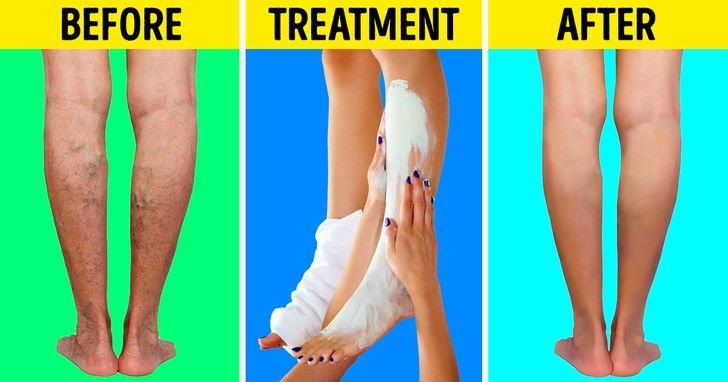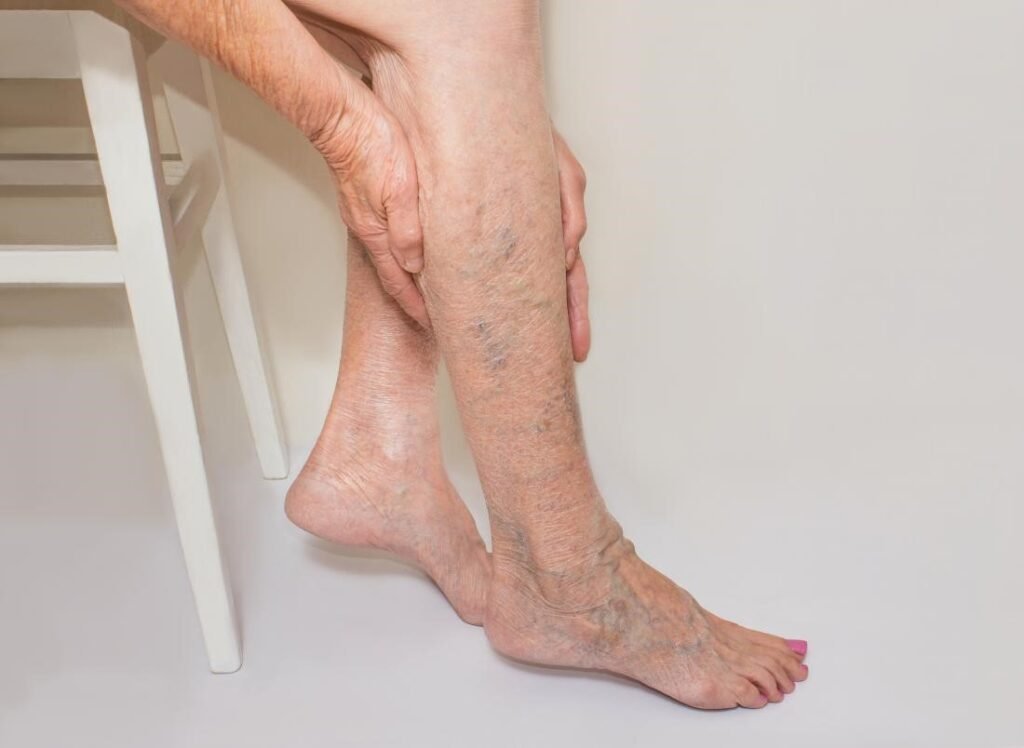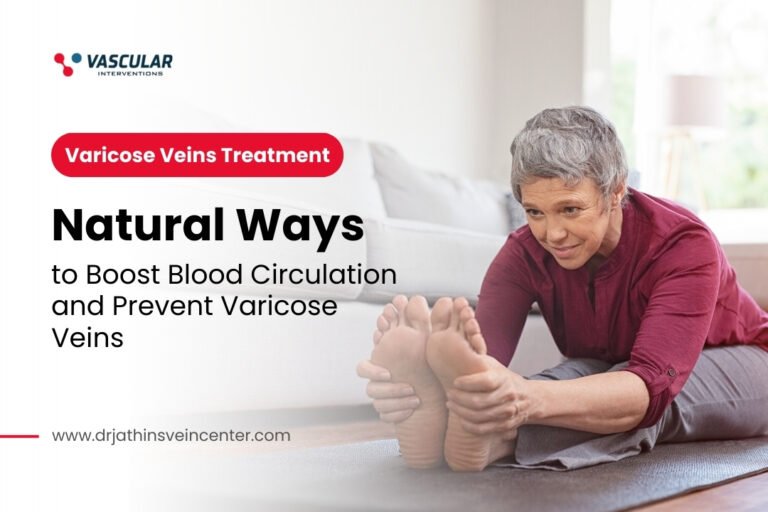What are varicose veins?
Varicose veins (also called spider veins, or telangiectasia) are veins that protrude from the surface of the skin. In some cases, these veins may look like a spider web stretching across the skin. While these are relatively common, they can cause considerable aesthetic and functional impairments.
Varicose veins can be unsightly and uncomfortable, and sometimes dangerous. As a result, it is important to know their causes, treatment and prevention. Varicose veins commonly appear in the legs and feet and are caused by weakening of the vein walls, in turn resulting in inadequate blood flow through the veins. Treatment for varicose veins can include various types of injections and other procedures, as well as self-treatment.
What are the causes of varicose veins?
A varicose vein is a bundle of dilated, twisted and tortuous veins that stretch across the skin and muscle of the legs. Varicose veins are more common among older people with a lot of built-up varicose veins in the tissues of the legs.
Other risk factors for varicose veins include:
- Having a family history of varicose veins
- Being overweight
- Being inactive
- Having certain medical conditions (like diabetes)
What are the symptoms of varicose veins?
Varicose veins are one of the most common and debilitating vascular conditions. It affects at least 4% of the general population, and is the most common vein disorder in the elderly. The condition is characterized by the appearance of varicose veins, which are enlarged and twisted veins in the legs. The main symptom of varicose veins is pain that is experienced in the lower limbs. You may also experience aching, tingling, or burning sensations.
What are the complications of varicose veins?
We read a lot of blogs and articles about varicose veins and how to get rid of them. There are several types of varicose veins, including spider veins, superficial venous plexus, and deep vein thrombosis. Although these are all different types of varicose veins, they are still all very uncomfortable and can cause pain, swelling, and even ulceration. The treatment methods used to treat varicose veins are also very different.
How does varicose veins make you feel ill?
If you have varicose veins, you know they can be painful and uncomfortable. They may be red or have a purple or greenish color under the skin. You may have swelling around the ankles or feel a pinching or aching sensation in the legs or legs and feet. You may also notice that you have difficulty walking and standing for long periods of time. It may be difficult to bend or sit for long periods of time. Your clothes may feel tighter or more difficult to fit.
How to get rid of varicose veins?

Losing your good looks from those varicose veins is quite devastating. You can live with the problem of being fat, but these varicose veins or varicosities will certainly take away your confidence and beauty. The appearance of these veins on your legs and feet affect not just physically but also mentally as there might be some mental trauma due to the unsightly bulging veins that always makes you worried about your forthcoming day. Having a bad experience because of your ugly legs is really depressing.
Varicose veins are a common problem and they can be treated with laser treatment.
Laser treatment is the most popular and effective way to get rid of varicose veins. It is a minimally invasive procedure that involves the use of a laser to break down the vein’s lining which in turn leads to its collapse. The procedure is done under local anesthesia and it only takes about an hour.
It is not necessary for you to go through months of painful treatments or wear uncomfortable compression stockings since there are many other ways that you can treat your varicose veins.
How to prevent varicose veins?
Varicose veins are a condition in which the veins become enlarged and twisted. This can be due to a number of reasons, such as age, pregnancy, obesity, or prolonged standing.
To prevent varicose veins from happening the first place, you should exercise regularly and avoid standing for long periods of time. You should also wear compression stockings if you experience symptoms of varicose veins.





